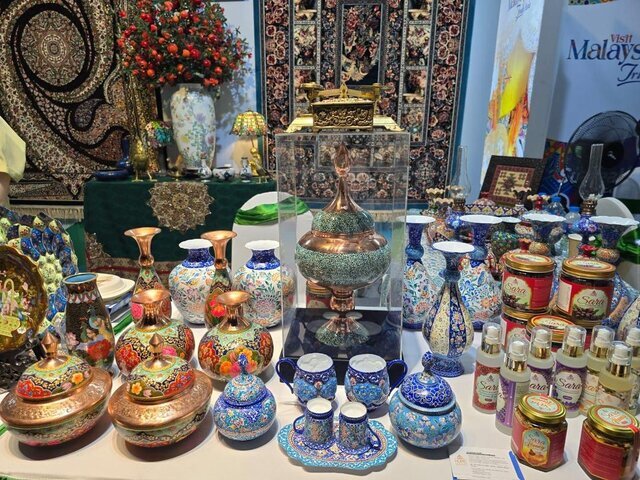
Similar Posts
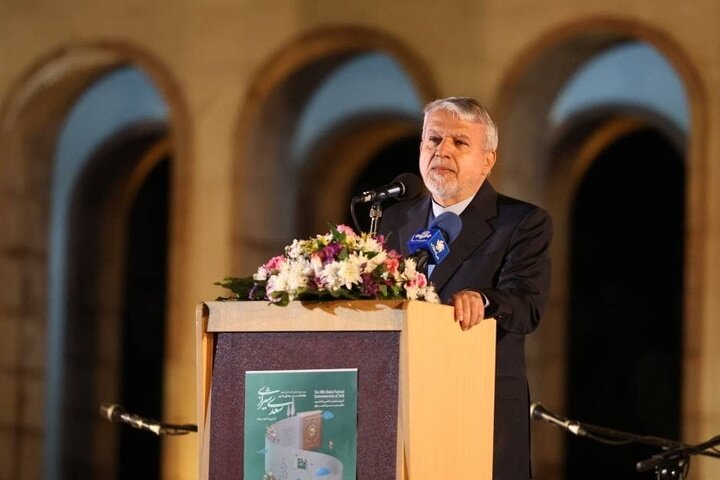
Salehi-Amiri: Harnessing Sadi’s Language as a Powerful Tool for Cultural Diplomacy
During a recent ceremony near the mausoleum of Sadi Shirazi in Shiraz, Iran’s Minister of Cultural Heritage, Seyyed Reza Salehi-Amiri, highlighted the poet’s profound influence on Iranian identity and culture. He emphasized Sadi’s teachings of reason, ethics, and tolerance, asserting that contemporary society needs the wisdom of Sadi, Hafez, and Rumi more than ever. Salehi-Amiri urged for the promotion of peace and coexistence originating from Shiraz, a cultural hub. He noted the growing tourist interest in significant sites associated with these poets and recognized Sadi’s universal appeal, marked by UNESCO’s designation of April 21 as Sadi’s Commemoration Day.
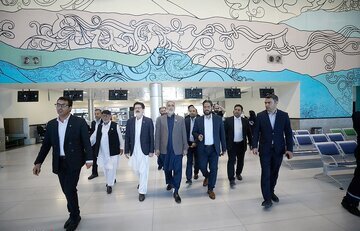
Pakistani Investors Eager to Boost Economic Ties: Ready to Invest in Kish Island
Pakistani investors recently visited Kish Island, Iran, seeking investment opportunities in tourism, trade, and technology. Their meetings with local officials aimed to enhance economic cooperation and explore potential joint ventures. Key discussions included current projects and future programs, emphasizing the readiness of Kish Island to attract foreign partnerships. Business-to-business meetings facilitated direct exchanges, identifying collaboration opportunities in various sectors. The delegation, comprising businessmen and representatives from both countries, toured the island to understand its cultural and economic potential. This visit marks a significant step towards strengthening Iran-Pakistan relations and fostering mutual growth through international collaboration on Kish Island.
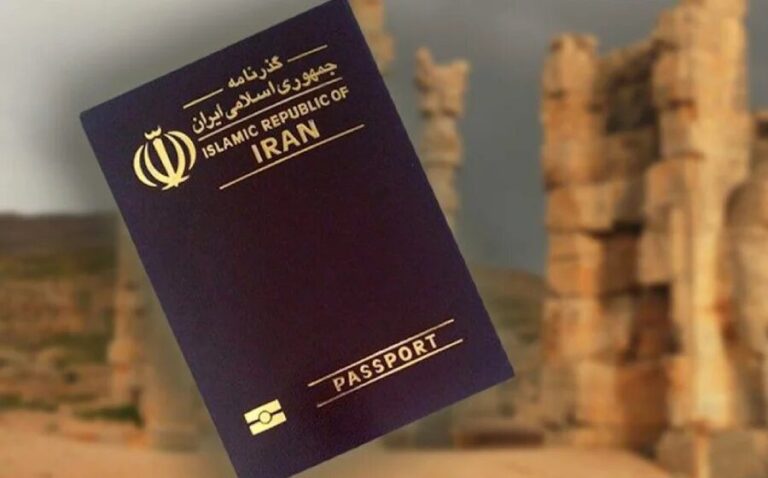
Tehran and Moscow Move Closer to Complete Visa Waiver, Reveals Lavrov
Iran and Russia are working to abolish visa requirements to enhance diplomatic relations and promote tourism, as announced by Russian Foreign Minister Sergey Lavrov. This initiative follows a September 2023 agreement allowing visa-free travel for group tours of five to fifty people for up to 15 days. The proposed changes aim to facilitate individual travel, fostering cultural exchange and economic ties. Both nations seek to attract more tourists and enhance people-to-people interactions. The anticipated tourism agreement is seen as a crucial step in deepening bilateral cooperation across various sectors, including trade and security, marking a significant development in their relationship.
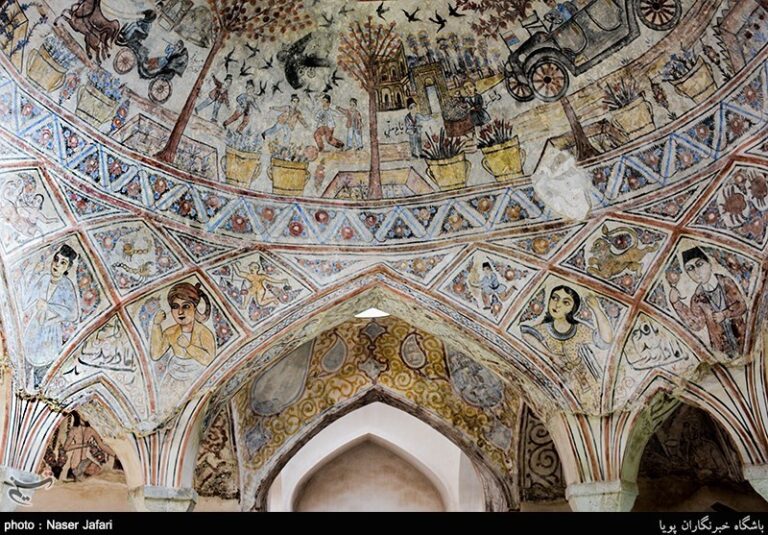
Discover the Rich Heritage at Iran’s Fascinating Mashhad Anthropological Museum
The Anthropological Museum of Astan Qods Razavi, located in Mashhad, Iran, offers insights into the region’s cultural and historical heritage. Originally a public bath established in 1793, it was transformed into a museum after being registered as a historical site in 1997 and reopened in 2006 following renovations. The museum showcases Iranian culture through exquisite teahouse paintings, unique architectural features, and diverse exhibits reflecting daily life and traditions. Visitors are encouraged to explore its offerings, consider guided tours, and adhere to photography policies. This remarkable institution highlights the resilience of Iranian culture and is a must-visit for anyone interested in history and art.
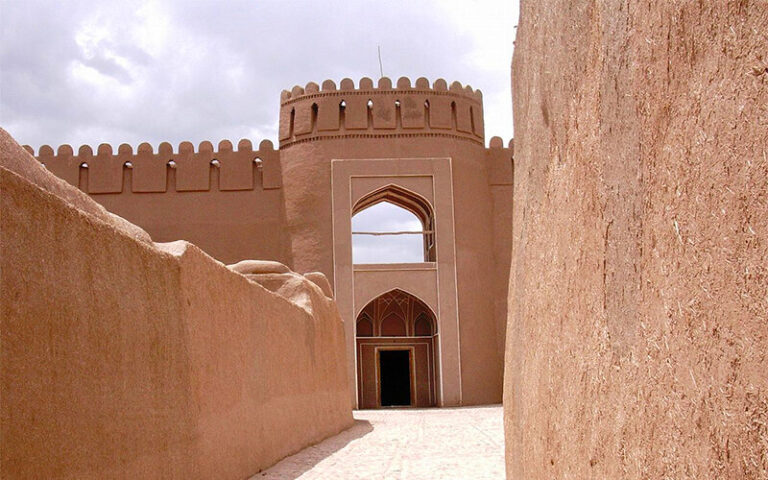
Discover Arg-e Rayen: The Majestic Second-Largest Adobe Citadel in the World!
Arg-e Rayen, the “second-largest adobe citadel in the world,” is a stunning historical landmark in Iran’s Kerman province. Spanning over 22,000 square meters, this mud-brick fortress served as a vital stronghold until the mid-19th century. With features like high walls, 16 defensive towers, and distinct sections for residential, administrative, and market purposes, it showcases ancient Persian military architecture. The citadel reflects the social structure of its time, emphasizing craftsmanship and trade. Visitors can explore nearby attractions such as Rayen Waterfall and Mount Hezar. Spring and autumn are ideal for visiting this cultural gem, rich in history and architecture.

Exquisite Persian Carpets Adorn Pope’s Funeral: A Touch of Tradition and Elegance
The inclusion of Persian carpets in papal funeral rites, showcased during Pope Francis’s funeral at St. Peter’s Basilica, underscores the cultural exchanges between Islamic and Christian traditions. The vibrant carpets, originating from Iran, have been part of this ceremony for over six centuries, defining sacred spaces in Christian art and rituals. Notable examples include their depiction at the feet of significant figures, enhancing the holy atmosphere. Pope Francis’s simple wooden casket, situated on a Persian carpet, reflects his preference for modesty while retaining the tradition. This practice symbolizes the rich interplay of cultures and reverence for the sacred within the Catholic faith.